It is said that when Pope Clement VIII tried coffee for the first time, he had no choice but to bless this “heavenly beverage”. A good cup of coffee can mark the difference between good and bad days. But an excellent cup of coffee may not be so easy to find. Fortunately, Buenos Aires is a true coffee town, and as such has no shortage of options for voracious coffee drinkers. This article explores our top recommendations of the best cafes in Buenos Aires, featuring traditional porteño cafes and up-and-coming specialty coffee spots.
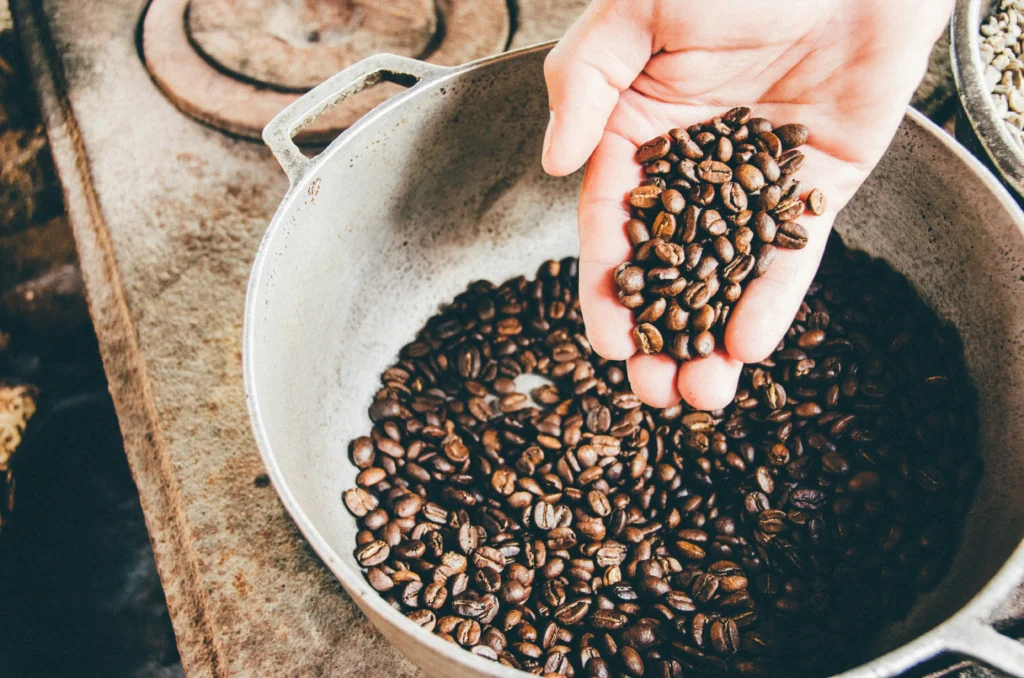
Coffee and its Two Schools of Thought
Every coffee lover knows that the quality of coffee can vary depending on several factors: the brand, the type of bean, or the way it is prepared. In Buenos Aires, these considerations (and then some) are encapsulated in two very clear but different styles: Old School Cafe and Specialty Coffee.
Old School Café
Before the baristas, foam patterns, and soy milk, Buenos Aires was already a city full of stylish cafeterias. From modest spots on a neighborhood corner to elegant salons with chandeliers and silky chairs. Some of those places still exist, bursting with old-world charm that serves to remind us of simpler times, when people could just walk in and ask for a black coffee, a coffee with milk, (sometimes called mitá y mitá, meaning half and half), or, as the most elaborate choice, a cappuccino.
This type of coffee is usually served quite hot, which may not please modern coffee connoisseurs. But it shines for its tradition, usually low price, and true Porteña essence. It may not be as sophisticated as specialty coffees, but it embodies an old Buenos Aires that has never lost its classy spirit.
Specialty Coffee
For several years now, specialty coffee has been a growing trend in Buenos Aires. Cafes with trendy designs, cool vibes, young people, a variety of options and, of course, a delicious coffee. These places are more likely to have the beverage prepared at just the right temperature ( although lukewarm, for some) and usually accommodate restrictions such as veganism or lactose intolerance.
Typically, specialty coffee is known for having a unique essence in each shop, as well as delicious food that is always improving. Is where visitors can enjoy a latte, mochaccino, macchiato or flat white. Above all, is where a new Buenos Aires finds a place for coffee lovers. Above all, this is where a new Buenos Aires is emerging for a more sophisticated crowd.
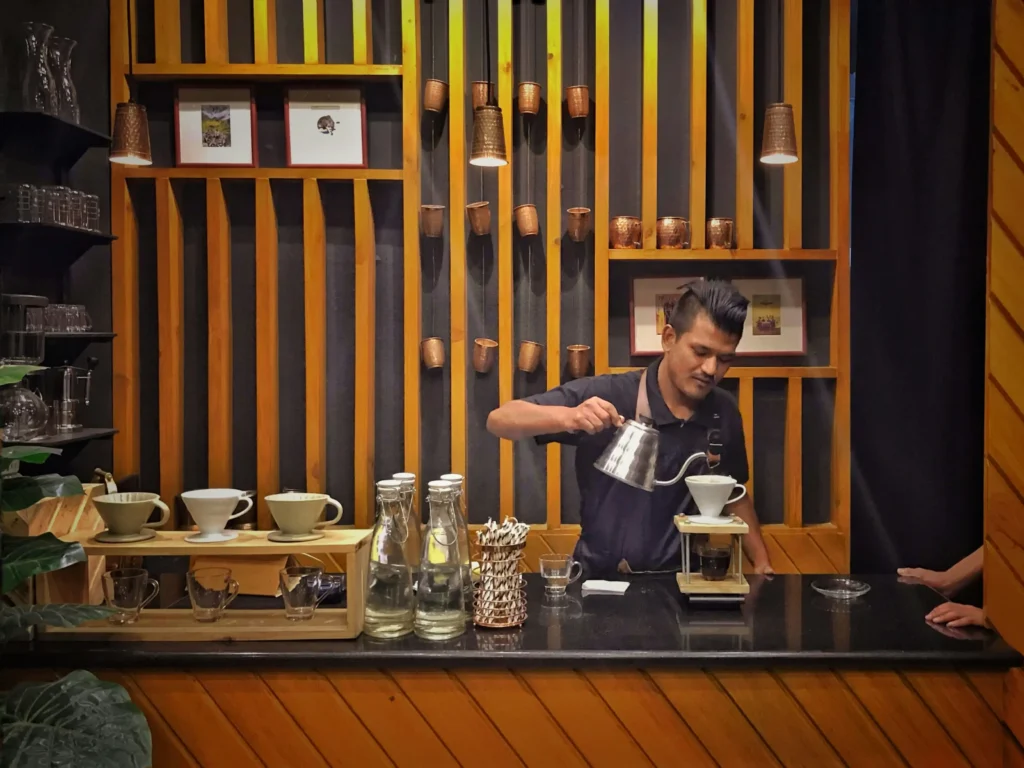
Where to Go For Old School Café
Cafe Las Violetas:
A famous “Bar Notable” (an official notorious bar) in the city, Las Violetas is located in the less touristy, but lively Almagro neighborhood. This majestic cafe has was a meeting point for visitors such as the writers Alfonsina Storni and Roberto Arlt, or the famous jockey Irineo Leguisamo. Its magnificent colored vitraux, Italian marble floors, and Art Nouveau moldings will transport anyone to 1884 when it first opened.
The main attraction of this 19th century cafe is its abundant meriendas, which to a porteño means the five o’clock tea. This is one of the best cafes to enjoy a traditional merienda porteña at Las Violetas is by ordering their finger sandwiches, homemade pastries, and the iconic pan dulce, an Argentinian sweet bread with dried fruit. They don’t take reservations, and there’s usually a line to get in on weekends, but to make the wait sweeter, the waiters offer a complimentary chocolate.
London City:
Just a block from the historic Plaza de Mayo, the London City Café was a meeting place for artists, intellectuals, and politicians of the ’50s and beyond. Today, the black-clad waiters keep the spirit of another era alive. The building the cafe is built into takes up an entire corner, so passersby can’t miss its imposing presence.
This is a good place to sample local delicacies such as the cakes and the medialunas, the Argentinean version of the croissant, but smaller and sweeter. They also accommodate dietary restrictions, with options like the gluten-free ham and cheese sandwich (tostado) or the brownie. They also serve lunch, but it’s always better to go for the classic cortado coffee, the espresso with a drop of milk.
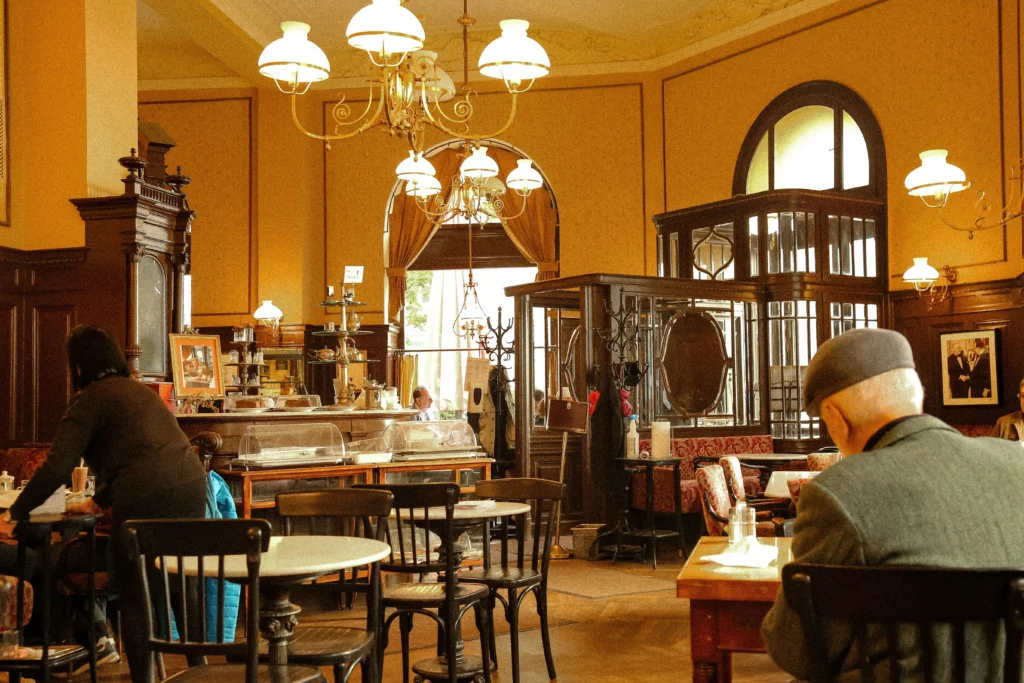
Café Tortoni:
This is probably the most famous of all the historic cafes and Bares Notables. Also downtown, near Plaza de Mayo, Café Tortoni is an emblematic landmark for coffee lovers of another era. Founded in 1858, it is the oldest cafe in Buenos Aires. In addition to the enormous central salon, where customers are served under the chandeliers, Café Tortoni has several special rooms named after famous habitues, where cultural events, tango shows, and book presentations are held.
Anyone who visits Tortoni knows that there’s only one right thing to order there: churros with hot chocolate. The cappuccino is also famous, and the cider on tap is a great choice for when the sun goes down. In recent years, they’ve adapted to include more options on their menu, such as cold brews, vegan milks, and gluten-free alfajores (a traditional Argentine sweet).
La Puerto Rico:
Founded in 1887 and remodeled in Art Deco style in 1930, La Puerto Rico was born after a Spanish sommelier fell in love with Puerto Rican coffee. The writers Jorge Luis Borges, Victoria Ocampo, Adolfo Bioy Casares, Enrique Cadícamo, the actress Niní Marshal, and even Pope Francis, were among its visitors. Inside, from the wooden panels to the decorated mirrors and floor tiles, it’s as if all these famous personalities of the Porteña culture are still waiting, frozen in time.
A must is the coffee with stuffed cremona, a type of crunchy savory pastry found only in Argentina. The gastronomic experience is made even more enjoyable thanks to the tango shows that take place in the center of the salon, making for a truly unique experience and creating a joyful atmosphere to enjoy a traditional merienda.
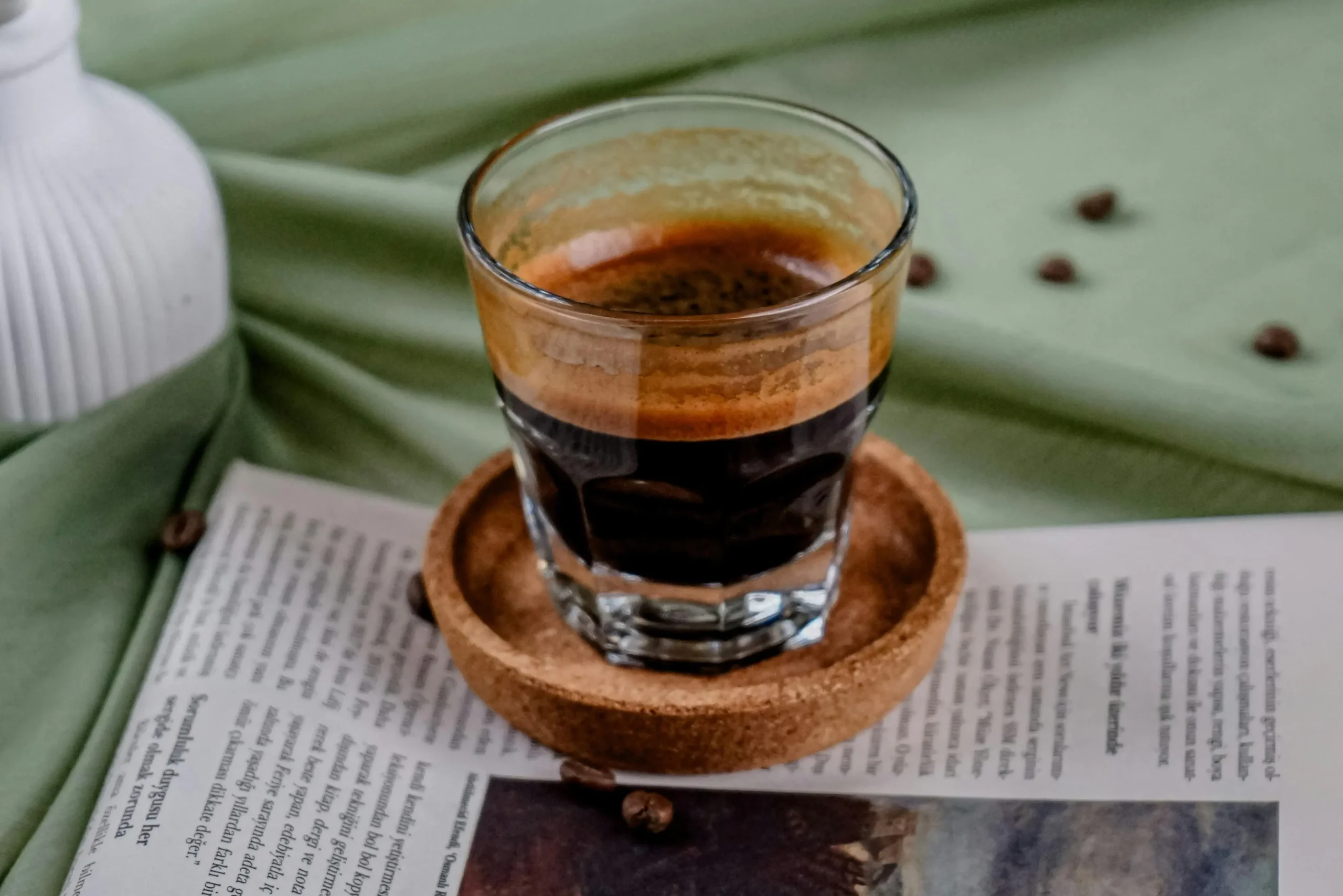
Where to Go For Specialty Coffee
Lattente Cafe:
The Palermo neighborhood is the hot spot for specialty coffees, and Lattente is proof of that. A tasty, creamy, and strong coffee that doesn’t burn the palate and is prepared at just the right temperature. Their original shop at Thames 1891 in Palermo Soho is only a small window, but the small size is in contrast to the high quality of their drinks. Now, it’s a great place to go and enjoy their double americano, which pairs very well with the dark chocolate brownie or the chipa, a sort of concentrated cheese scone.
Vive Café:
Also located in Palermo, at Costa Rica 5722, Vive Café provides a relaxed ambiance for coffee lovers who want to sit in peace and be served by a warm staff that always ask for your preferred temperature for the coffee. The Colombian bean they derive their coffees from is what makes their beverages so rich. The menu is limited, but every item on it is better than the previous one. The affogato mixes the Italian classic with a Latin American twist, and the sandwich made of chipa bread is a must.

Cuervo:
If you’re looking for a great cup of coffee, Cuervo Café is a well-known name among specialty cafeterias. While it originally started in Palermo, it has since expanded to various corners of the city. Fortunately, their fame did not diminish their high quality. Each venue is always packed with cool, young people who know this is the place to meet and enjoy a latte under the sun. Pair it with an avocado toast or a cinnamon bun and enjoy!
La Noire Coffee:
In hip Chacarita, you’ll find La Noire Café nestled in a restored, 20th century house. The quiet interior decorated with vintage couches is the perfect spot to lay back and work or read while sipping something warm and frothy. The counter features a wide variety of cakes, cookies, and pastries, as well as vegan, sugar-free, and gluten-free options that don’t sacrifice taste – just try their gluten-free alfajores with dulce de leche, and you’ll get the picture. Their best coffee is a flat white or cold coffee tonic that you’ll definitely want to come back for and try again.
Croque Madame at the Museo de Arte Decorativo:
After a visit to the Decorative Arts Museum, a place of elegance, embroidered colonial tapestries, and exquisite porcelain, there’s nothing better than a coffee. Local visitors and tourists alike can find a lovely cafe on the ground floor, just at the entrance. This tea house is the ideal spot to enjoy a beverage under the sun and by the fountain. The setting, plus an herbal tea or coffee with milk will transport anyone to the Porteña Belle Epoque era.
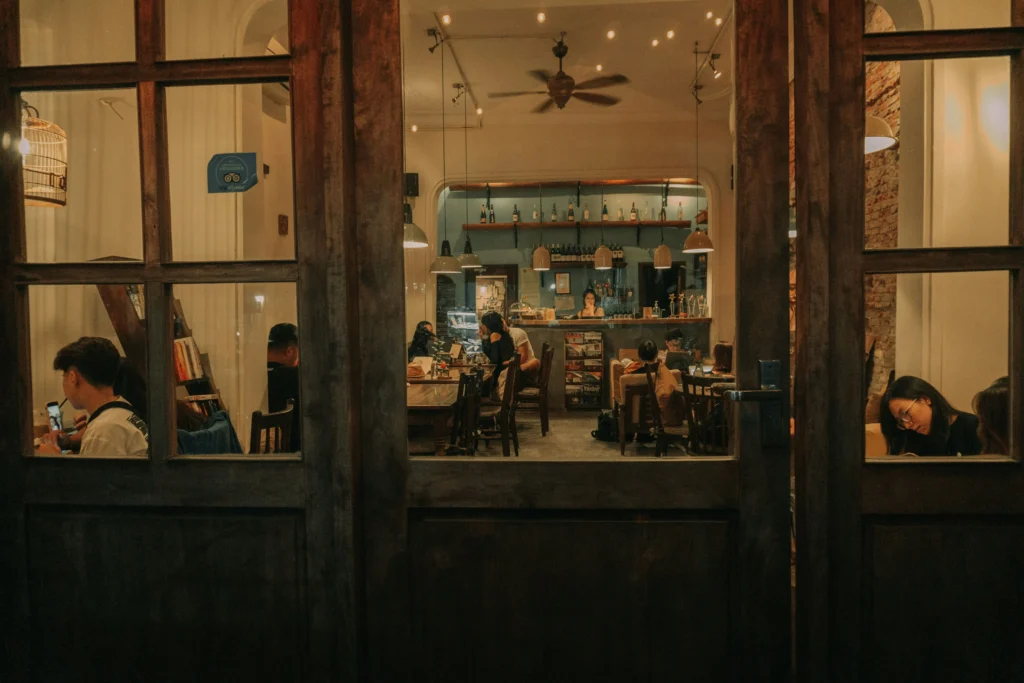
Oli Café:
Another big name in the world of Buenos Aires cafes is Oli Cafe, located in Palermo. If there’s always a line to get in, it’s because it’s worth it. Big medialunas that taste like clouds, mouthwatering grilled sandwiches, vegan and gluten-free options, cakes for all tastes, and a patisserie that blends the best of Porteñan and French bakeries. These dishes, simple yet sophisticated, pair perfectly with the matcha latte or cold brew, and even with a fan favorite: the Caesar salad with french fries.
Shelter Coffee:
Found in downtown Retiro, the baristas at Shelter Coffee are always on hand to create a personalized cup of coffee, just for you. The atmosphere is cool and relaxed, the staff is kind and patient, and both the dishes, like the traditional tostado, and the coffee leave a gentle and tasty aftertaste in your mouth.
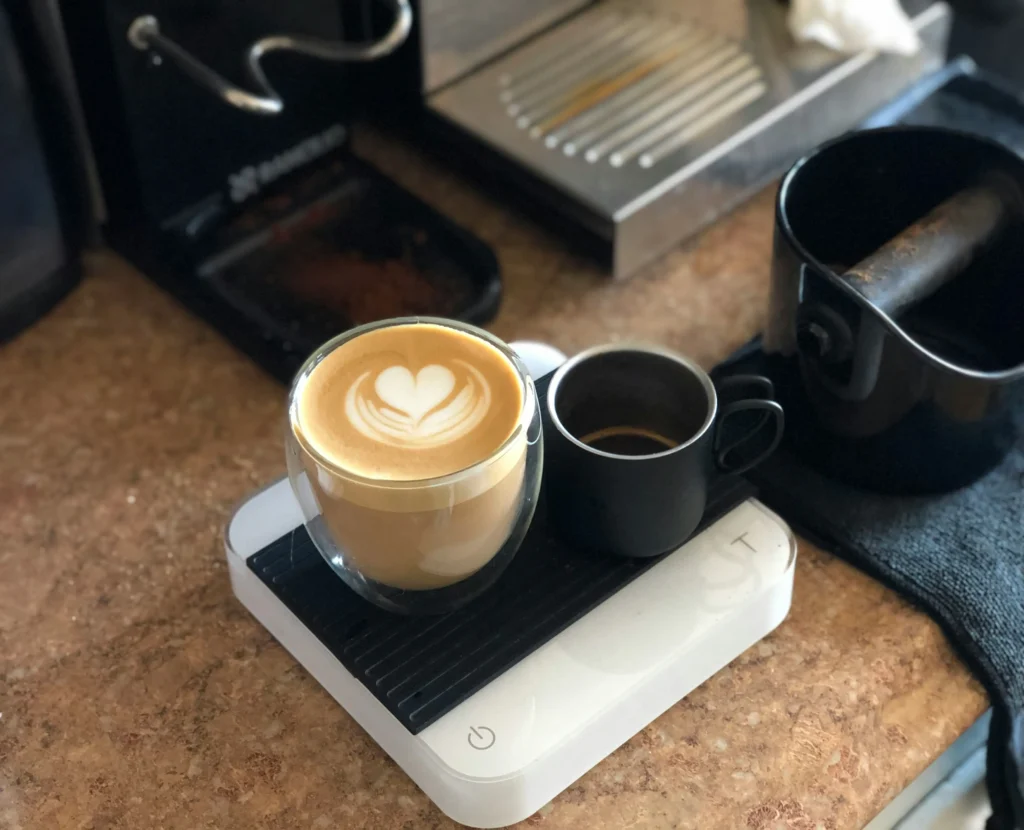
Do cafeterias in Argentina offer vegan and gluten-free options?
All specialty coffees do. It may be harder to accommodate dietary restrictions at old-school cafes, but in recent years they’ve modernized their menus to cater to a more diverse clientele.
Can I drink mate in an Argentine cafeteria?
Mate is the traditional Argentine herbal beverage, consumed by every Argentinian. In every household, there’s a mate mug (sometimes called calabaza, meaning pumpkin) and a silver straw ready to be used. However, it is very rare to find this in any coffee shop, since it’s difficult to provide the customers with all the elements a mate needs. To try mate, the best choice is to purchase the items to prepare one, make some Argentinian friends, or ask someone at a park to share a sip.
Do cafeterias in Argentina allow people to work there?
In Europe, there is a growing practice of not allowing people to work on their notebooks in cafeterias. The main reasons are that they can occupy a table for too much time, and it also stops them from interacting with other human beings. This is not the case in Argentina. If a coffee shop has wi-fi and plugs, people can take their computers and do as they please, as long as they order something.
